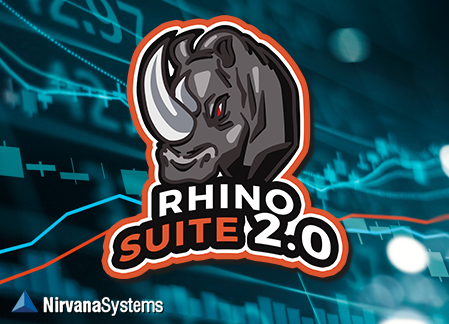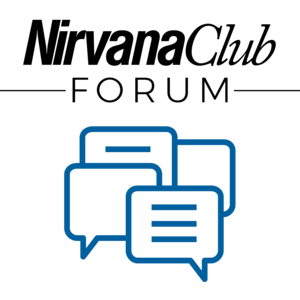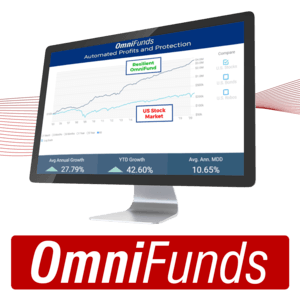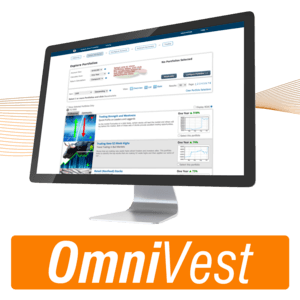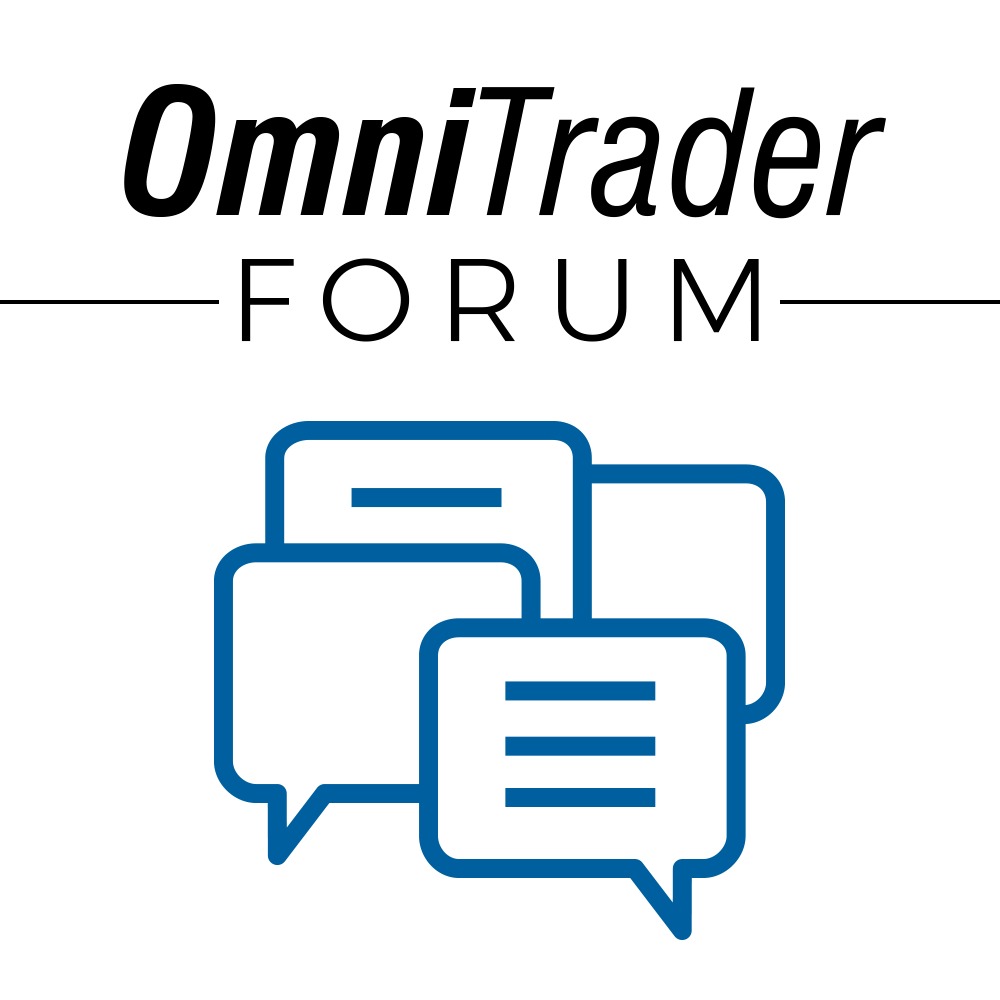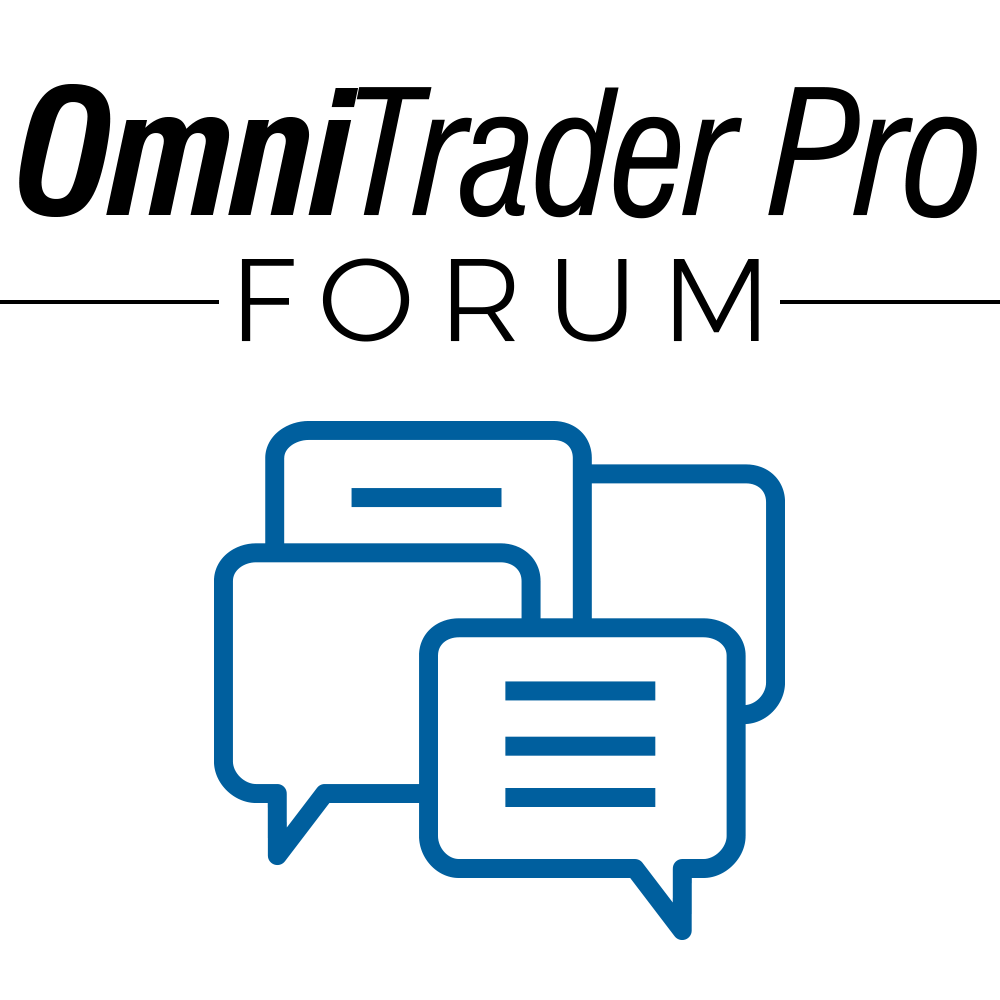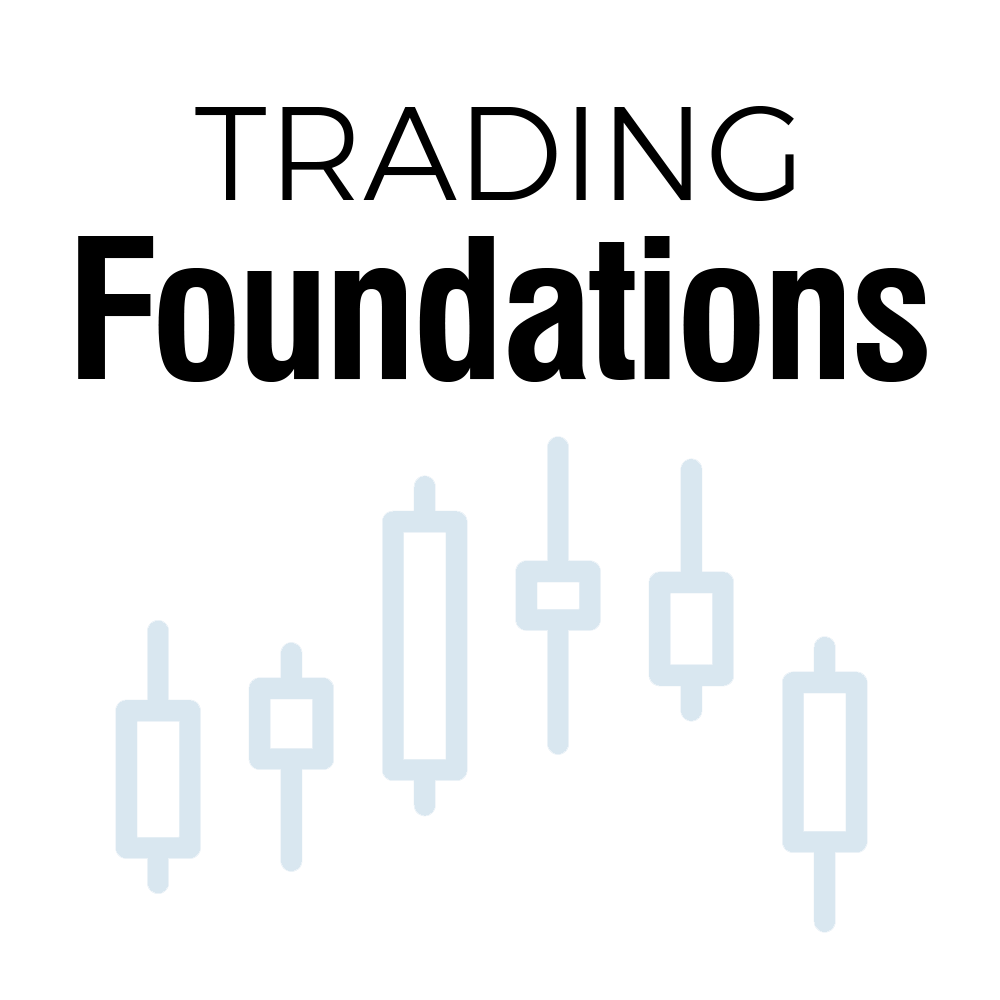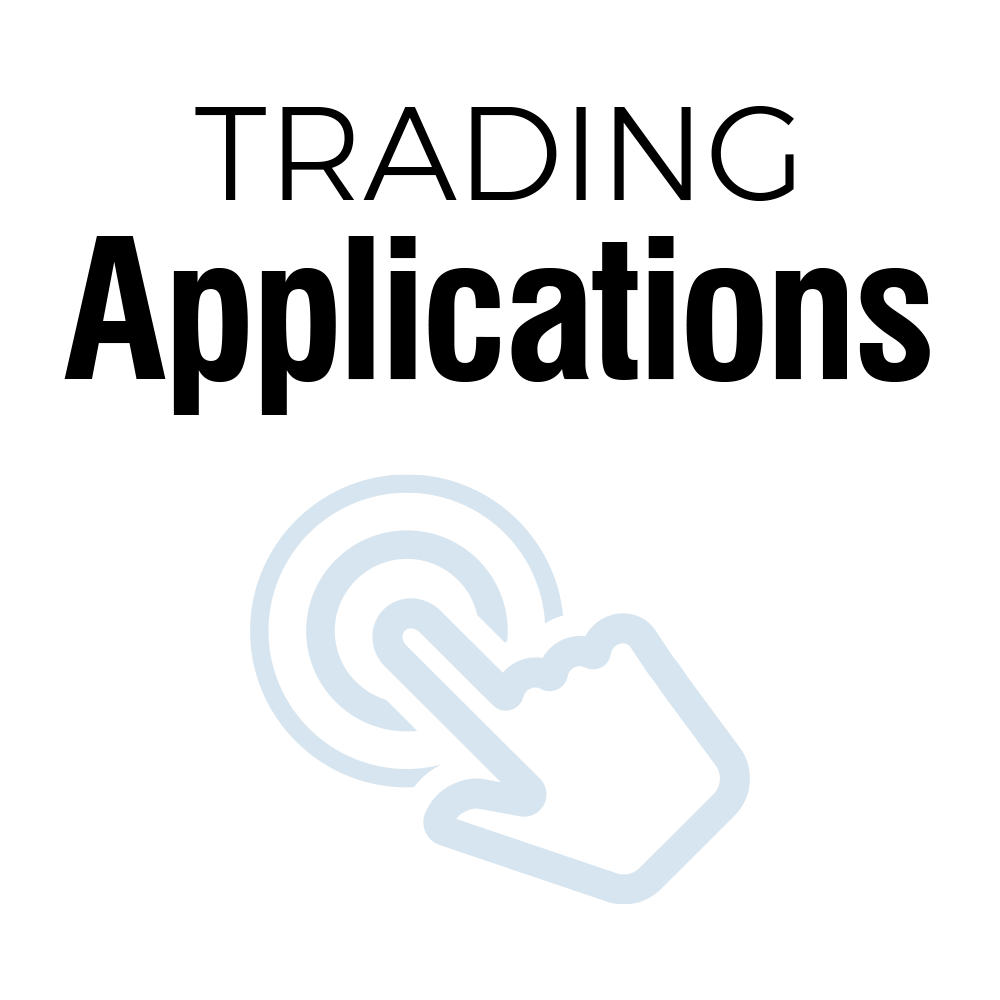NASDAQ:LTRN
READ THE FULL LTRN RESEARCH REPORT
Initiating Coverage
We are initiating coverage of Lantern Pharma Inc., (NASDAQ:LTRN) with a current valuation of $28 per share. Lantern is a new type of drug development company employing artificial intelligence and big data to identify critical biomarkers and relevant indications for previously investigated compounds. This approach can reduce cost, advance development timelines and improve the probability of success for candidates. We base our valuation primarily on our estimates for a successful commercialization of LP-300 in non- or never smoker adenocarcinoma non-small cell lung cancer (NSCLC). Other candidates include LP-100, which is being developed by a partner to target prostate cancer, and LP-184, a pre-clinical candidate seeking indications in glioblastoma and solid tumors with a specific biomarker profile. Lantern Pharma uses its proprietary Response Algorithm for Drug Positioning and Rescue (RADR) platform to identify drug candidates that have previously failed clinical trials or have been abandoned by sponsors in late stage trials. RADR is able to synthesize information from a broad variety of genomic, clinical and response data sets to classify patient subgroups that demonstrate characteristics associated with improved drug response. The AI platform is also able to help clarify mechanisms of action, identify effective drug combinations and find better pathways for seeking approval of late stage candidates.
Key reasons to own Lantern Pharma Inc. shares:
‣ Proprietary RADR AI-driven algorithm for detecting genetic/biomarker signatures
‣ Opportunities to salvage failed drugs, for which safety has already been clinically validated
‣ Declining returns and smaller end markets can benefit from improved drug development approaches that leverage AI
◦ Build from existing preclinical and clinical work
◦ Pursue orphan indications and personalized medicine
◦ Generate pivotal data with less expensive, targeted trials
◦ Use modeling and complex algorithms to reduce failure risk
‣ Two years of financial runway
The drug development industry faces many hurdles in the modern era including declining returns, increasing costs, fewer blockbuster indications and long timelines to generate data needed to obtain regulatory approval. There are also large amounts of data, improving computing power, new biomarkers and Artificial Intelligence (AI) and Machine Learning (ML). AI and ML have the potential to solve some of the difficulties in drug development by uncovering or repurposing therapeutic candidates that could be more effective when used in a personalized approach with genetic markers guiding their use.

Exhibit I – Pharmaceutical industry R&D returns over time (1)
While drug development has generally succeeded in capturing the low hanging fruit by identifying monotherapies that apply to the broadest segments of disease, the effort becomes more difficult and expensive as remaining afflicted populations are smaller and diseases more complex. Despite this shrinking addressable market, drug development costs have not trended in the same direction, nor have other factors that affect returns such as development time and success rate.
The principal reasons that drugs fail is due to lack of efficacy (57%) or safety (17%) (2). For clinical trials that cost up to and in excess of a billion dollars to run, tools that can help improve on these metrics are extremely valuable. The drug development setting provides fertile ground for AI technology which can improve efficacy by targeting those patients that will benefit the most and by analyzing large data sets to isolate early safety signals.
The benefit of AI is in saving time and money as the tool allows for rapid identification of populations that will respond best to a therapy. The approach guides construction of smaller trials that include only those patients with a complementary genomic, transcriptomic, epigenomic or proteomic profile. Using AI in drug repurposing is an attractive and efficient route. A repurposed drug in a new indication is able to build off of previous human safety and toxicology work and in most cases allow for a direct start to a Phase II trial. Drug repurposing or rescue can be a more profitable and efficient approach that can be effective when the drugs have an abundant history of safety and biometric data collected in patients.

Exhibit II – RADR Workflow (3)
Lantern has developed its RADR platform to analyze a variety of data types to identify relevant genomic signatures that will respond to a drug and the population that benefits from it. This is done through gathering various types of data from historical studies, scientific publications in a data-driven, genomically-targeted and biomarker-guided approach. AI and ML can compress the drug development process, allow for smaller more targeted trials and improve the likelihood of success for drug candidates. Over 500 million data points have already been curated for the RADR platform.
As modern medicine matures, the approach to patient care becomes more personalized. As higher resolution medical data becomes more available, personalizing care becomes more feasible. Through AI and ML, this flood of data is organized to support the development and targeting of therapies.
Lantern’s RADR uses a variety of statistical and algorithmic techniques, largely centered on a neural network. Through the RADR platform, Lantern hopes to salvage failed drugs, find the biomarker/genetic signature of patients that are most likely to respond, and revive the drug through clinical trials in the proper patient population.
The data required to draw conclusions about patient-drug response is highly specialized. RADR’s training dataset includes information on the patients’ tumor transcriptome, drug sensitivity (IC50), DNA copy number and mutations, tumor stage, type/sub-type and histology, age, sex and race/ethnicity and prior treatment history. Lantern hopes to have a combined one billion data points by 2021. Given this dataset, RADR is able to identify statistical relationships between the patients’ parameters and tumor-drug response. After training, the RADR algorithm can then be applied to real world patients to identify those most likely to respond in order to include them in clinical trials.

Exhibit III – Clinical Development Pipeline (4)
Candidates
While LP-100 is the company’s most advanced candidate, its development has been outlicensed to a partner. Lantern’s lead in-house product is LP-300 which targets non- or never smoker adenocarcinoma NSCLC. Lung cancer in never smokers is frequently lumped in with the broader NSCLC population despite presenting a distinct pathology that does not respond as well to NSCLC therapies such as immune checkpoint inhibitors. LP-300 has been investigated in over 1,000 patients providing valuable safety and efficacy data that will guide the design of the upcoming Phase II. The drug has demonstrated potential to reduce the toxic side effects of chemotherapeutics and act as a chemoenhancer. The agent is expected to be used in combination with chemotherapy or adjuvant in front line, second line or salvage therapy. Lantern is currently designing the Phase II trial and defining the appropriate biomarkers that will be used to identify the patient population and measure efficacy when the trial begins.
LP-184 is undergoing preclinical analysis and may be advanced in several cancers including glioblastoma and genomically defined solid tumors. LP-184 is a non-hormone, non-chemotherapy, next generation alkylating agent with nanomolar potency that preferentially damages DNA in cancer cells overexpressing certain biomarkers. Biomarker, cell line sensitivity and fresh tumor biopsy studies are underway which will support investigational new drug (IND) development efforts. IND submission is expected in 2021 and the launch of a Phase I is expected in late 2021 or early 2022.
Lantern’s pipeline of three oncology assets target specific subpopulations using the company’s RADR platform which may address unmet needs in prostate cancer, lung cancer, glioblastoma and other biomarker defined tumors.
Lantern has a broad portfolio of 108 issued patents, and seven pending applications across 14 patent families. The patents relate to the drug candidates, usage, manufacturing processes and other items and some have been in-licensed or acquired from other companies. The intellectual property portfolio also covers the RADR system.
The LP-100 portfolio consists of two patent families, with rights secured in the United States, Japan and the EU. This patent family has rights that will expire in August 2026, not accounting for adjustments or extensions.
Corporate Milestones
Lantern is conducting multiple clinical trials for guided chemotherapy in multiple indications. Below we list key recent and future milestones.
‣ First patient dosed with LP-100 – 4Q:18
‣ Announced collaboration with NCI to identify response-predictive gene signatures – October 4Q:19
‣ IPO and initiation of trading on the NASDAQ – June 10, 2020
‣ Regulatory interaction for Phase II trial design, LP-300 – 2H:20
‣ Phase II of LP-100 in mCRPC readout – 1H:21
‣ Phase II launch of LP-300 – mid-2021
‣ Phase I launch of LP-184 – 4Q:21 to 1Q:22
‣ Amass > 1 billion data points for RADR – 2H:21
SUBSCRIBE TO ZACKS SMALL CAP RESEARCH to receive our articles and reports emailed directly to you each morning. Please visit our website for additional information on Zacks SCR.
DISCLOSURE: Zacks SCR has received compensation from the issuer directly, from an investment manager, or from an investor relations consulting firm, engaged by the issuer, for providing research coverage for a period of no less than one year. Research articles, as seen here, are part of the service Zacks provides and Zacks receives quarterly payments totaling a maximum fee of $40,000 annually for these services. Full Disclaimer HERE.
________________________
1. Mullard, A. Industry R&D returns slip. Nat Rev Drug Discov 15, 7 (2016). https://doi.org/10.1038/nrd.2015.41
2. Hwang, TJ, et al. Failure of investigational drugs in late-stage clinical development and publication of trial results. JAMA Internal Med, 176 (12) (2016), pp. 1826-1833
3. Lantern Pharma Precision Oncology Whitepaper
4. LTRN Investor Presentation July 2020






